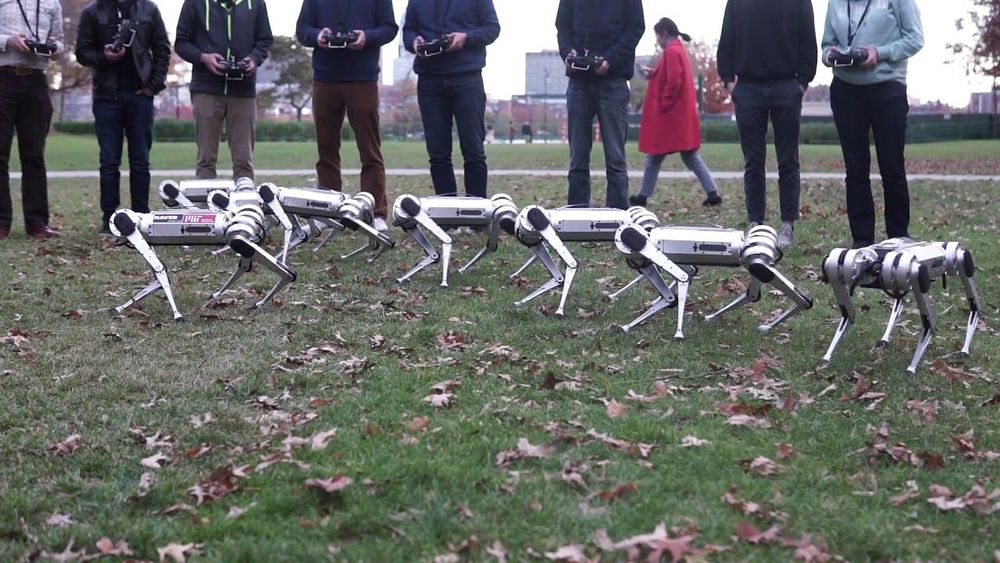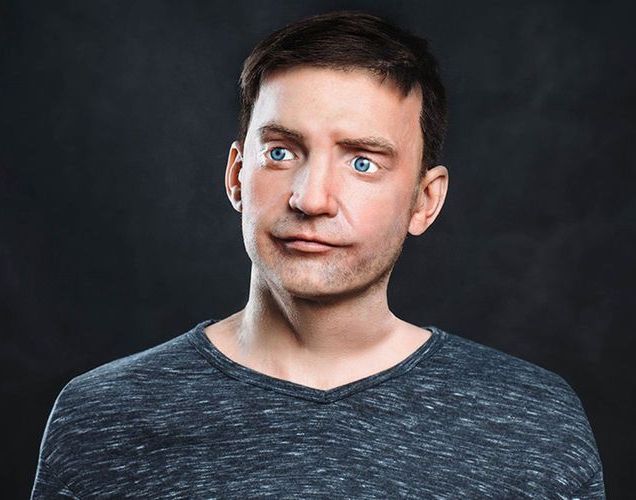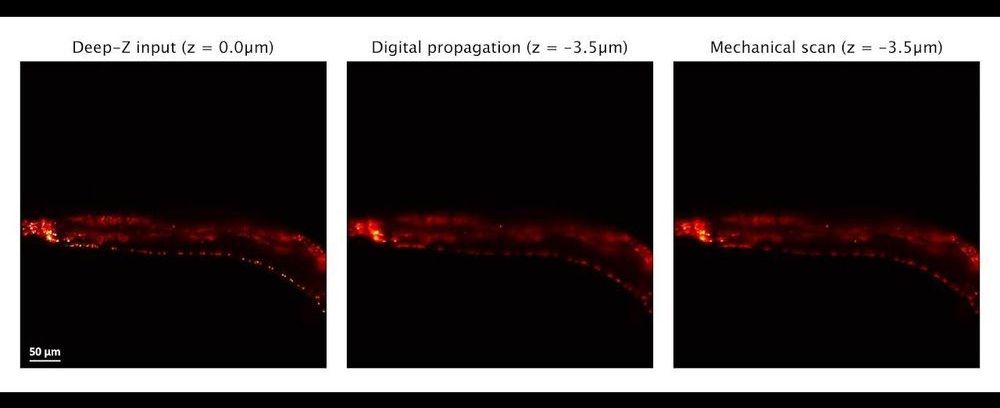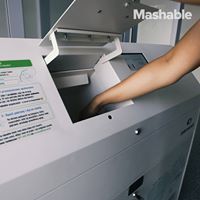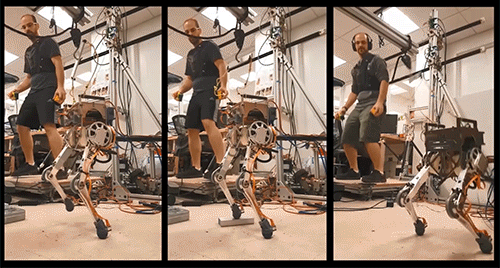Each one weighs about 20 pounds (or nine kilograms), is powered by 12 electrical motors, and can reach speeds of around six miles per hour (or 2.5 meters per second). As you can see in the video, they’re all being steered manually using what look like RC controllers.
Speaking to IEEE Spectrum earlier this year, Sangbae Kim, director of MIT’s biomimetics lab, said the bots are being used to research various problems that require a bit of ruggedness and flexibility. Their modular design lets scientists swap in new parts if they break, and their tough build can survive crashes and bangs.
“Mini Cheetah is just about the perfect size. Twenty pounds (9 kilograms) is not too small but not so big that it’s dangerous or fragile,” said Sangbae. “We designed the machine to be able to absorb the impacts, jumping and landing and so on.”
